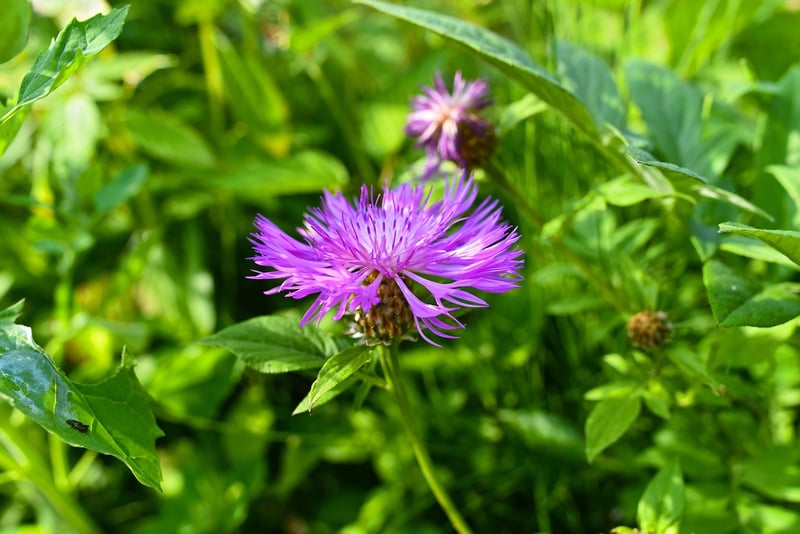Bee Attractants
Creating Habitats for Pollinators: Bee Attractants

Pollinators play a vital role in our ecosystem by facilitating the reproduction of plants. Bees, in particular, are crucial pollinators responsible for pollinating a significant portion of the world's food crops. Creating habitats that attract bees can help support their populations and ensure the pollination of plants. Here are some tips on creating bee-friendly habitats:
1. Plant Bee-Friendly Flowers
Choose a variety of flowering plants that are rich in pollen and nectar. Bees are especially attracted to plants such as lavender, sunflowers, bee balm, and wildflowers. Planting a diverse range of flowers ensures a continuous food supply for bees throughout the seasons.
2. Provide Water Sources
Bees need access to water for hydration. Create shallow water sources like birdbaths or small ponds in your garden. Adding pebbles or floating cork pieces can provide bees with a safe landing spot while they drink.
3. Avoid Pesticides
Avoid using pesticides in your garden as they can be harmful to bees and other pollinators. Opt for natural pest control methods or choose bee-safe alternatives to protect the bees visiting your garden.
4. Create Nesting Sites
Provide nesting sites for bees by leaving some areas of your garden untamed. Bee hotels or bundles of hollow sticks and bamboo canes offer shelter for solitary bees. Bumblebees may nest in old rodent burrows or compost piles.
5. Maintain a Bee-Friendly Garden
Regularly maintain your garden by removing weeds, dead plants, and debris. Bees prefer clean and well-maintained environments. Pruning flowering plants after they bloom can also encourage new growth and attract more bees.
6. Include Bee Attractants
Aside from flowers, certain plants act as bee attractants due to their scent and color. Plants like bee balm, catmint, coneflower, and salvia are known for their bee-attracting properties. Including these plants in your garden can further enhance its appeal to bees.
By following these tips and incorporating bee attractants into your garden, you can create a welcoming habitat for bees and other pollinators. Supporting bee populations contributes to the health of our ecosystem and ensures the pollination of plants essential for our food supply.
Remember, every effort to create a bee-friendly habitat makes a difference in conserving these essential pollinators!
